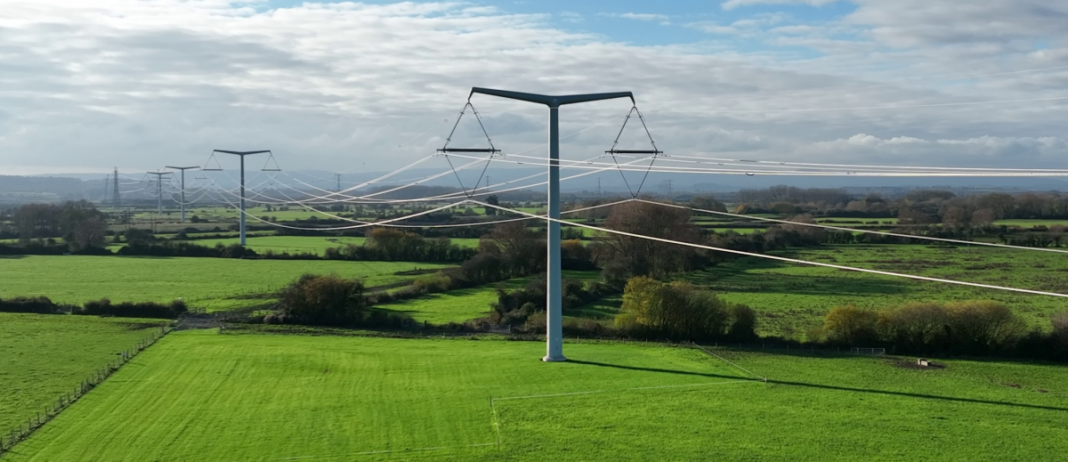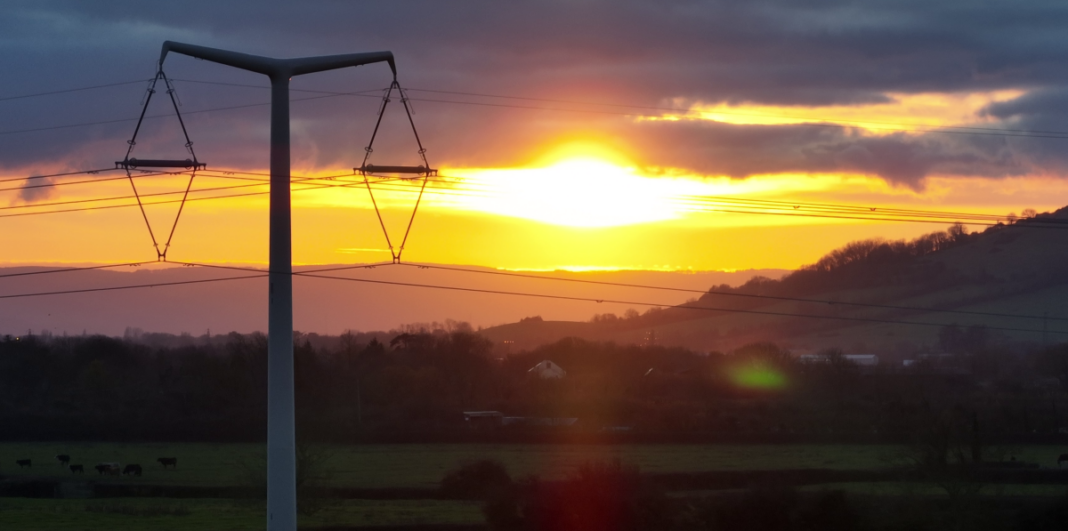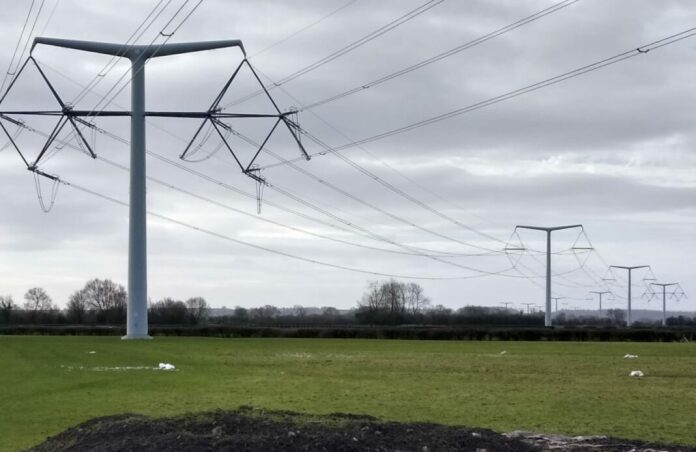National Grid says it will be installing approximately 50 ‘bird diverters’ along a 300-metre stretch of the new T-pylons running through part of the Burnham-On-Sea area following several swans being killed or injured by the lines earlier this year.
Burnham-On-Sea.com reported here in February that Secret World Wildlife Rescue carers had been shocked to find multiple dead or injured swans lying next to the power lines in the village of Mark, as pictured above.
National Grid pledged to fully investigate the cases and its spokesperson has told Burnham-On-Sea.com this week: “We can confirm that we will be installing approximately 50 bird diverters on the wire spans either side of the location where the birds were found – it’s a stretch of 300 metres in total.”
She adds: “This action is being taken as a result of our investigations into the reported bird collision and review of the findings of enhanced bird monitoring in the area by an independent team of ecologists.”

116 of the new T-pylons are being constructed along the Hinkley Connection route, stretching 35-miles from Hinkley Point power station to Avonmouth.
A bird flight diverter is a device with reflectors that moves with wind pressure. It’s designed in such a way that it reflects light while rotating, getting birds’ attention from greater distances and guiding them to veer away from power lines.
The new pylons will connect six million homes and businesses to new sources of home grown, low carbon energy and help the UK to meet its net zero by 2050 target.
High-voltage electricity – up to 400,000 volts – is now passing through the 36 of the T-pylons after they were ‘energised’ this month.
There are also 8.5km of underground cables through the Mendip Hills Area of Outstanding Natural Beauty. A further 80 T-pylons will be completed and energised by 2024.

Construction of the first T-pylons began in September 2021, with all the conductors or wires that transmit the energy between Bridgwater and Loxton installed by March 2022. The conductors are now energised and transporting electricity around the National Grid’s electricity network.
The T-pylon design, the first major UK redesign since 1927, has a single pole and cross shaped arms, and is around a third shorter than traditional high-voltage pylon design with a smaller ground footprint.
The new design was selected from over 250 designs entered into an international competition run in 2011, organised by the Royal Institute of British Architects and government (the then Department of Energy and Climate Change).







